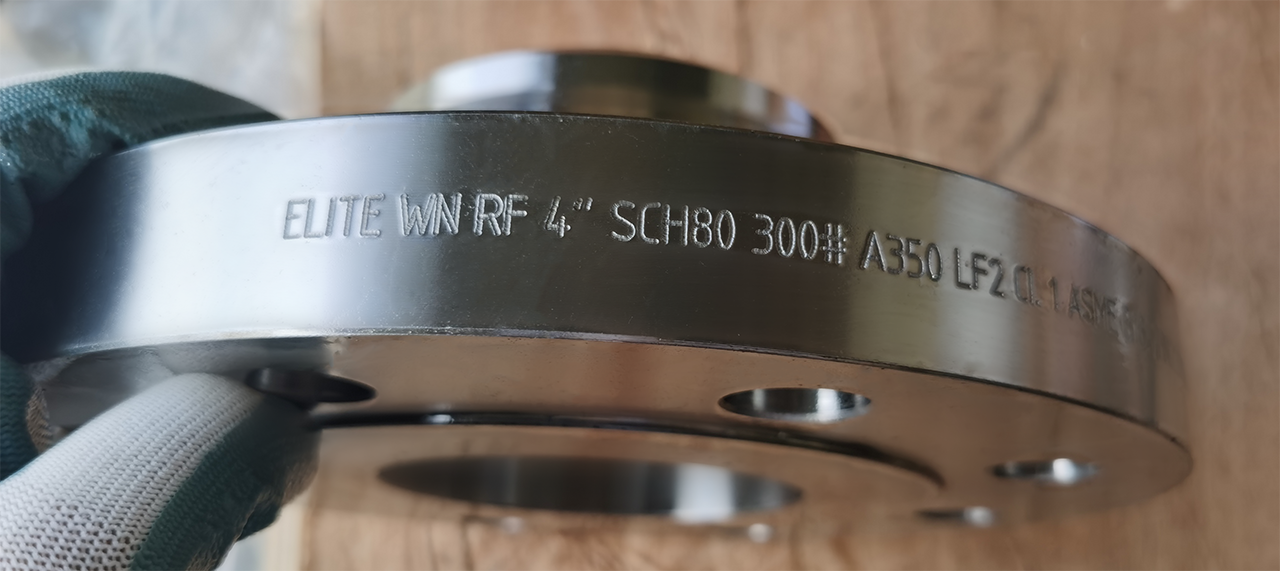Share this
Here are the steps to be taken before shipping flanges:
1. Order Verification: Ensure that the order details are accurate, including the number of goods, model specifications, packaging requirements, shipping address, etc.
2. Goods Inspection: Inspect the goods before shipping to ensure their quality and specifications meet the customer’s requirements and standards. This helps avoid quality issues after shipping.
3. Packaging: Properly package the goods using suitable packaging materials to prevent damage during transportation. Choose the appropriate packaging method, such as wooden crates, cardboard boxes, plastic film, etc., based on the nature of the goods.
4. Marking and Labels: Attach the correct labels and markings to the packaging, including sender and recipient information, content of the goods, quantity, etc. This helps shipping and logistics personnel handle the goods correctly.
5. Transportation Arrangements: Select the appropriate mode of transportation based on customer requirements and order details, such as road, sea, air freight, etc. Ensure you choose reliable logistics partners.
6. Document Preparation: Prepare all necessary documents, such as a shipping list, packing list, transportation contract, insurance documents, etc. These documents may play a crucial role in customs clearance and legal requirements.
7. Customer Notification: Inform the customer in a timely manner before the goods are ready to be shipped. Provide information about the shipping date, transportation method, and estimated delivery time.
8. Insurance Purchase: Purchase appropriate cargo transportation insurance as needed to safeguard against potential accidents or losses during transit.
9. Tracking and Monitoring: Maintain tracking and monitoring of the transportation process after the goods have been shipped. Ensure that the goods are delivered on time and promptly address any potential issues.
10. Payment and Settlement: Ensure that payments and settlements are handled properly according to the contract terms. Avoid delays or disputes due to payment issues.
11. Customer Feedback: After the goods are delivered, communicate with the customer to understand whether the goods meet their expectations and if there are any issues. Based on customer feedback, make necessary improvements and optimizations.
These steps may vary depending on the specific industry and situation. However, overall, the goal of the preparation is to ensure the safe and accurate delivery of goods to the customer, maintaining efficient communication and collaboration throughout the delivery process. It’s best to make appropriate adjustments and additions based on the actual circumstances.

